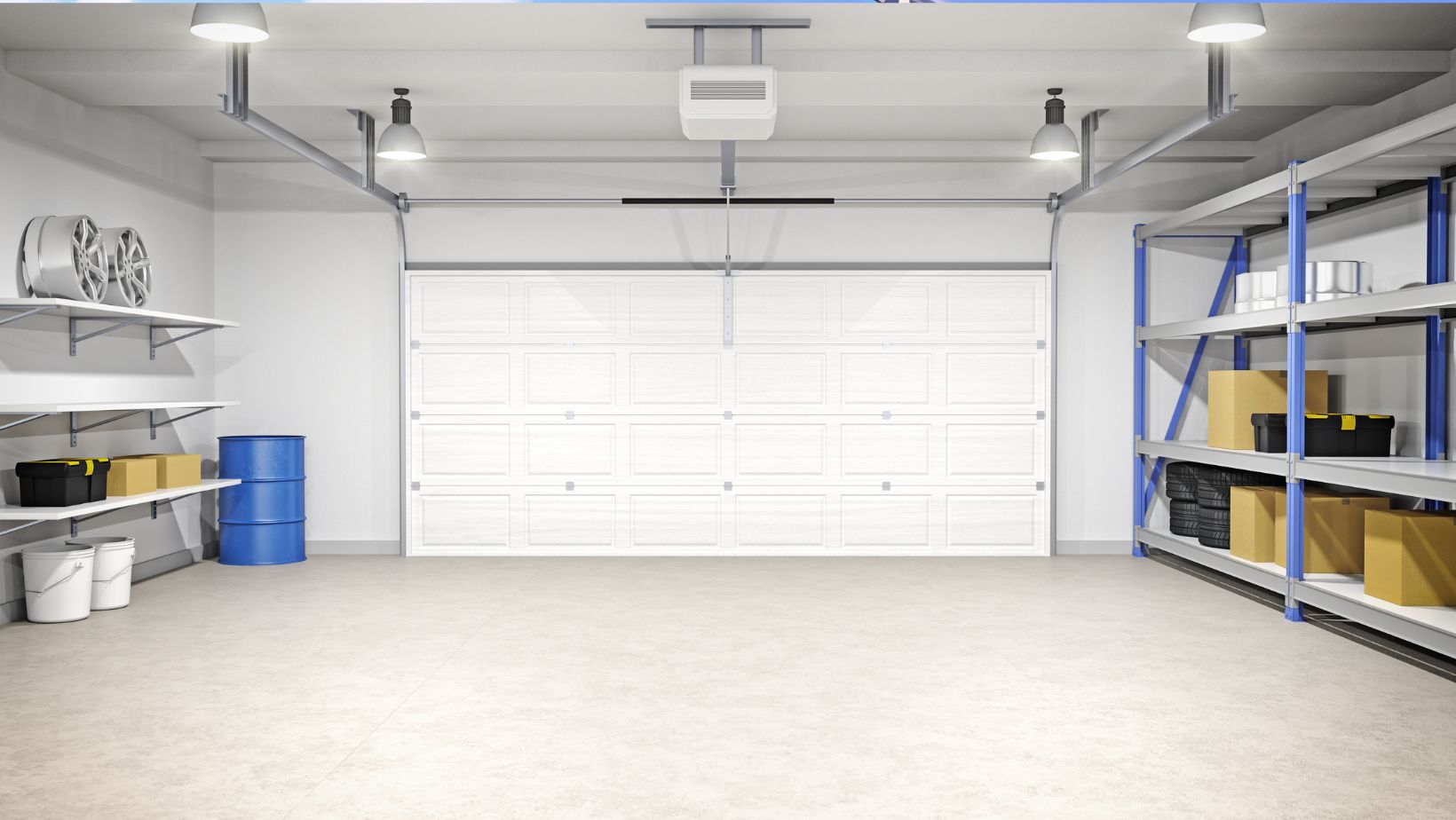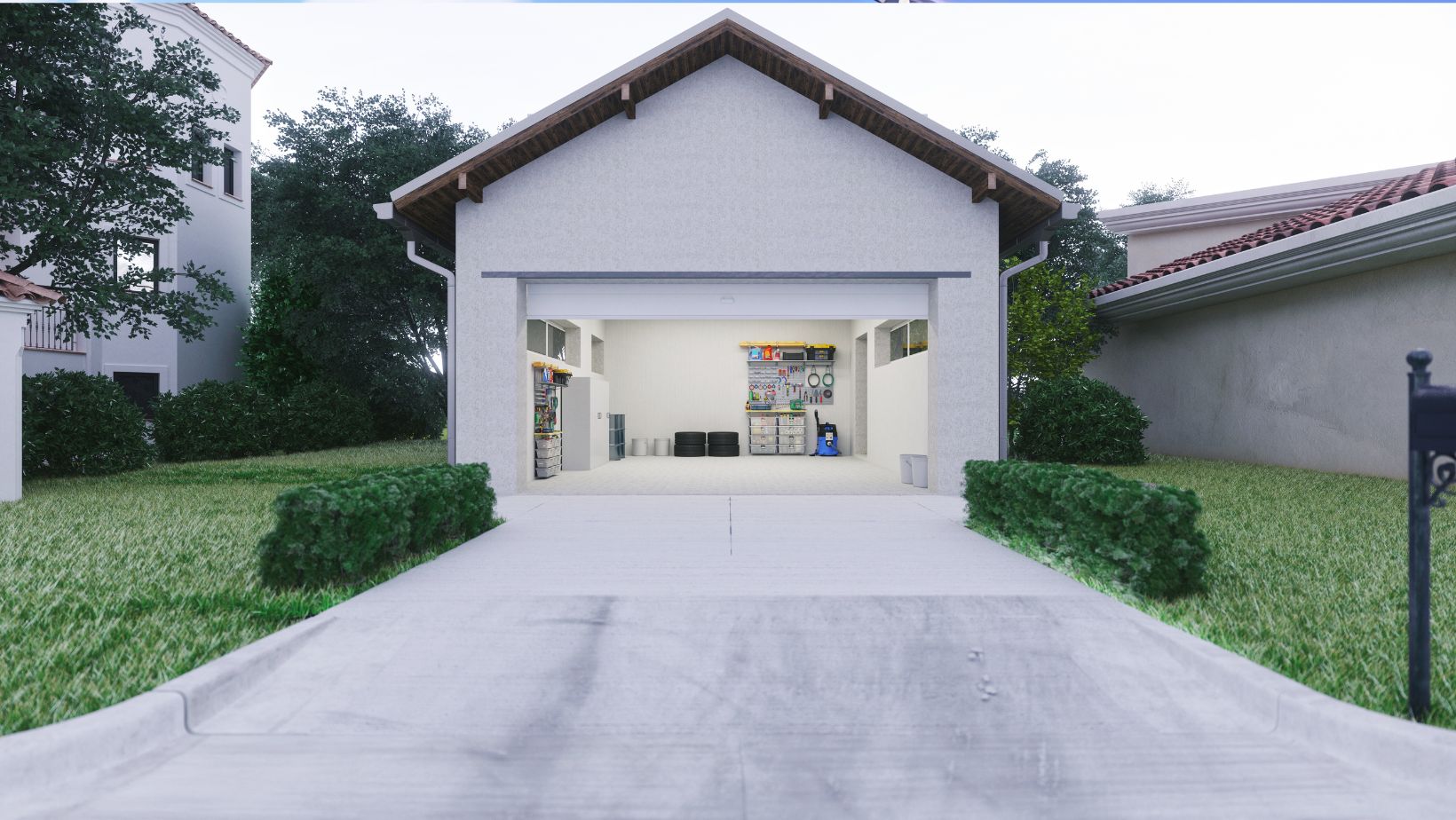Table of Contents
ToggleIdeas for Attaching Garage to House
Looking for ideas on how to attach your garage to your house? You’ve come to the right place. As an expert in home improvement, I’ll share some practical and creative solutions that can help you seamlessly connect your garage and house together.
One option is to build a breezeway between the garage and the main house. A breezeway is an enclosed or covered walkway that serves as a transition space between two structures. Not only does it provide a convenient passage from the garage to the house, but it also adds architectural interest to your property. You can design it to match the style of your home, whether it’s traditional, modern, or something in between.
Another approach is to construct an integrated garage that shares a wall with your house. This design allows for direct access from inside the house into the garage, making it easier to unload groceries or transfer belongings without exposure to inclement weather.
Planning for the Garage Attachment
When considering attaching a garage to your house, it’s important to plan ahead and take various factors into account. Here are some key points to consider before starting the project:
- Assessing Your Needs: Begin by evaluating your needs and determining how you intend to use the attached garage. Are you looking for additional parking space, extra storage, or a workshop area? Understanding your requirements will help you make informed decisions throughout the planning process.
- Local Building Codes and Permits: Before proceeding with any construction, familiarize yourself with local building codes and regulations governing garage attachments in your area. Check if permits are required and ensure that your plans comply with all necessary guidelines.
- Structural Considerations: Since an attached garage is an extension of your house, it’s crucial to ensure that both structures blend seamlessly together. Consult with a professional architect or structural engineer to assess the feasibility of attaching the garage without compromising the integrity of your existing home.
- Design and Aesthetics: Consider how the attached garage will impact the overall appearance of your home’s exterior. Aim for a design that complements the architectural style of your house while maintaining visual harmony. This could involve matching materials, colors, rooflines, and window placements.
By taking these considerations into account during the planning stage, you’ll be better equipped to successfully attach a garage to your house while optimizing functionality and aesthetics.

Exploring Design Option
When it comes to attaching a garage to your house, choosing the right design is crucial. There are various options available, each with its own advantages and considerations. Let’s explore some popular design options:
- Attached Garage: This is the most common choice for homeowners looking to connect their garage directly to their house. An attached garage offers convenient access from inside the home, providing protection from inclement weather and allowing for easy transportation of groceries or other items.
- Breezeway: For those seeking a more aesthetically pleasing option, a breezeway can be an excellent choice. A breezeway acts as a covered walkway connecting the main house to the garage while allowing for airflow and natural light. This design can enhance the overall architectural appeal of your property.
- Integrated Garage: If you’re looking to seamlessly blend your garage into the existing structure of your home, an integrated garage might be worth considering. This design integrates the garage doors within the facade of your house, creating a cohesive look that doesn’t draw attention away from the overall design.
Evaluating Aesthetic Considerations
While functionality should always remain a priority when choosing a design for your attached garage, it’s essential not to overlook aesthetic considerations as well. Here are some key factors to evaluate:
- Architectural Style: Take into account the architectural style of your home when selecting a design for your attached garage. Matching or complementing elements such as rooflines, materials, and window placements can create harmony and visual appeal.
- Curb Appeal: Consider how adding an attached garage will impact the curb appeal of your property. Will it enhance or detract from its overall attractiveness? Aim for balance and ensure that any new addition blends seamlessly with existing structures.
- Neighborhood Regulations: Check with local authorities or homeowner associations regarding any regulations or restrictions on garage design. Some neighborhoods may have guidelines to maintain a cohesive streetscape, and adhering to these guidelines can help preserve property values.
In conclusion, understanding building codes and obtaining the necessary permits is vital when attaching a garage to your house. Not only does it ensure the safety and legality of your project, but it also protects you from potential legal issues in the future. Always consult with local authorities or professionals in the field to ensure you are following all regulations and requirements for a successful garage attachment.






